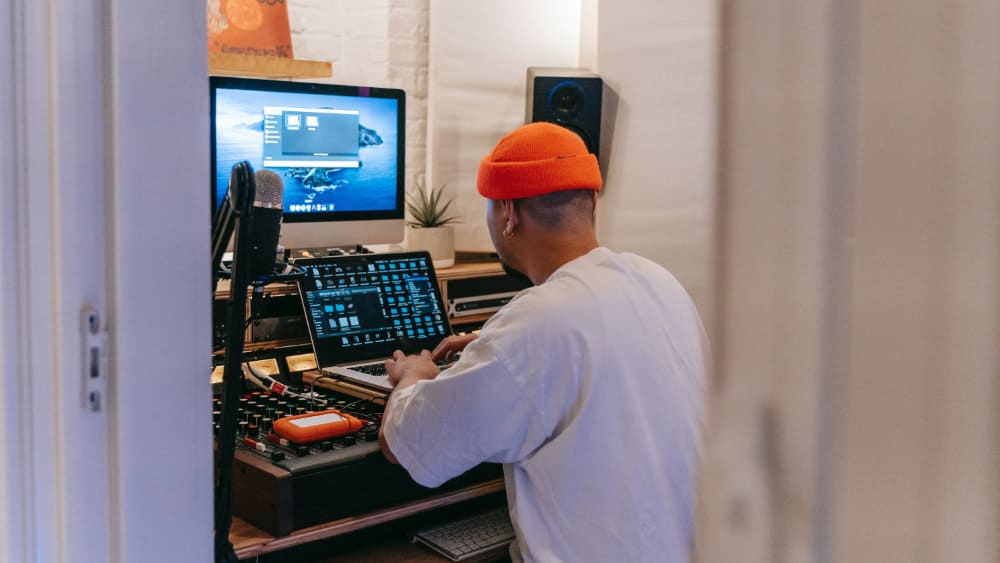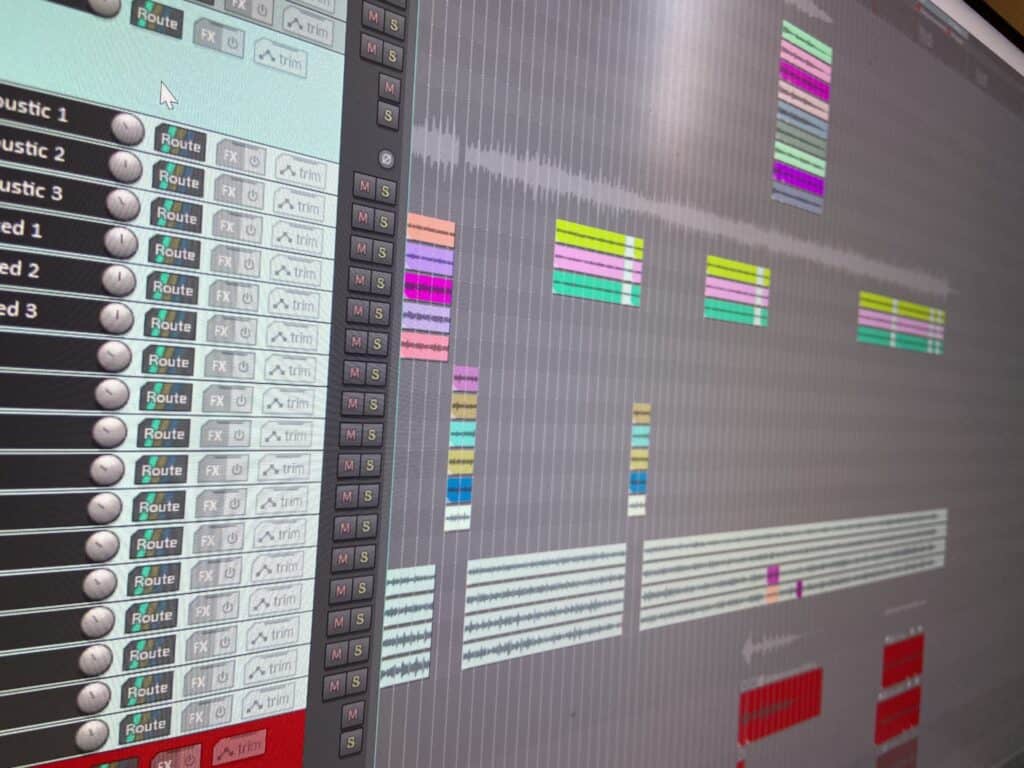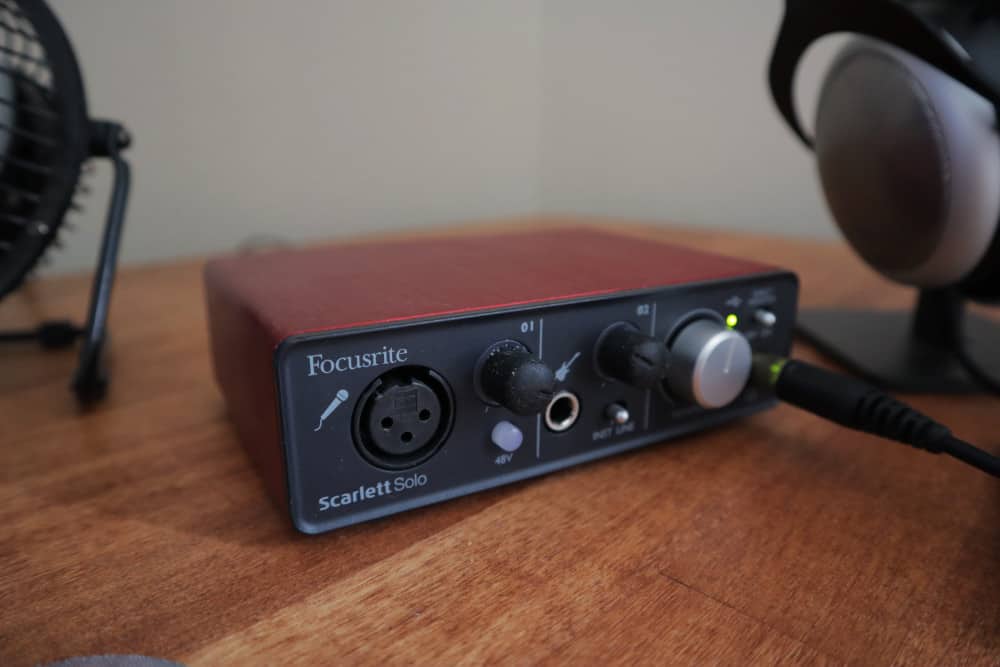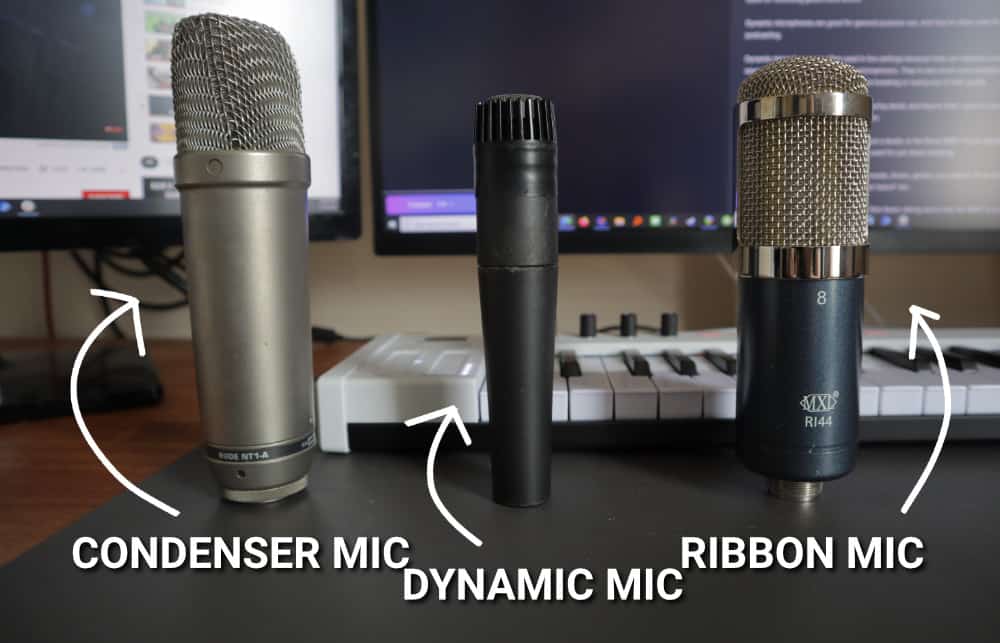
In 2023, music production has never been more democratized and accessible.
With only a computer and some headphones, you can create some incredible stuff. But there are some things you should know to set yourself up for success.
This includes:
- What music production is
- Essential music production gear
- Each discipline within music production (and how to learn them)
- Resources and tips for music producers
Let’s dive in.
Table of Contents
What is music production?
Music production is the process of creating music using recording and production techniques.
It’s a holistic discipline that involves taking a piece of music all the way from an idea to completion.
Music production involves writing and composing music, performing and producing music, and mixing and mastering music.
What does a music producer do?
A music producer is responsible for overseeing the creation of a piece of music, from its conception to its release.
The music producer is the one who comes up with the initial idea for a song or album and then oversees all aspects of its production.
This includes writing and composing the music, performing and producing the music, and mixing and mastering the music.
A music producer may also be responsible for A&R (artists and repertoire) duties, such as finding and signing new talent. In some cases, a music producer may also act as a manager for the artists they work with.
Music production can be a solo endeavor or a collaborative process involving a team of producers, engineers, and other professionals.
Though, realistically, if you’re reading this post, you’re likely a solo producer just starting out. And that’s okay! I’m here to help you get started on your music production journey.
The difference between music production and composition
People often confuse music production with composition, but they are two distinct disciplines. Music composition is the process of writing and arranging music.
This can be anything from coming up with a melody to scoring an entire symphony. Music production, on the other hand, is the process of taking that music and turning it into a final product.
In other words, composition is usually one of the key elements of music production, but composition can also be a standalone discipline.
For example, a composer might write out musical notation for a string quartet, but that music isn’t produced until it’s sent to a copyist, performed by musicians, recorded, edited, mixed, and mastered.
That entire process is music production. Make sense?
The different types of music production
There are many different types of music production, but they can broadly be divided into two categories: live music production and recorded music production.
Live music production is exactly what it sounds like: music that’s produced for a live audience. This could be anything from a concert to a musical theater performance.
Recorded music production is music that’s captured on some type of recording medium, such as tape or digital files. This could be anything from a demo to a major label release.
If you’re a “bedroom producer” looking to produce your own music at home, you likely fall into the latter category.
Getting started in music production
If you’re looking to get started in music production (or just need a refresher), here’s a comprehensive guide to get you on the right track.
First, let’s talk about the tools of the trade.

Music production equipment
In music production, there are two types of equipment: hardware and software.
Hardware is physical equipment, such as microphones, mixers, and instruments. Software includes digital music production assets, such as instrument plugins, VSTs, digital audio workstations (DAWs), and more.
The good news is that you don’t need a lot of expensive gear to get started in music production. In fact, all you really need is a computer and a DAW (which we’ll get to in a bit).
Of course, if you have the budget for it, there are certain pieces of music production equipment that can make your life a lot easier.
I have a very comprehensive post on all my favorite equipment for making music, from every instrument I use to every plugin I have installed. If you’re a gear nerd, I highly recommend checking out that post after this one.
For now, let’s talk about the bare-bones essentials for music production gear.
Computer
As I mentioned, all you really need to get started in music production is a computer.
Nowadays, almost any computer can run music production software without issue. However, if you’re looking for a specific computer for music production, there are two things you should keep in mind.
First, music production software is very resource-intensive. That means you’ll want to invest in a computer with at least 16 GB of RAM, an SSD, and at least an Intel Core i5 (or AMD equivalent) processor.
Anything less and you’ll probably experience bottlenecks and slowdowns.
Secondly, the sound of your PC matters a lot. If you’ve got fans kicking on every 15 minutes while you’re trying to track instruments, that’s gonna get really old.
DAW
The next piece of music production software you’ll need is a digital audio workstation or DAW.
A DAW is basically the music production equivalent of Microsoft Word. It’s a blank slate where you can write, record, edit, and mix your music.
There are tons of different DAWs on the market. Some of the most popular include:
- Ableton Live
- Logic Pro X
- Pro Tools
- Cubase
- FL Studio
- Reaper
The best DAW for music production is the one that you’re most comfortable with. If you’re just getting started, I recommend checking out a few different free trials and seeing which one you like best.
Once you’ve settled on a DAW, it’s time to start filling it with music production assets.
Instrument plugins and VSTs
The first music production assets you’ll need are instrument plugins and VSTs.
Instrument plugins are digital instruments that you can use in your DAW. This could be anything from a piano to a full orchestra.
VSTs, or virtual studio technology, are music production assets that don’t generate sound on their own. Instead, they process or “effect” the sound of other instruments. This could be anything from reverb to delay to distortion.
There are tons of free and paid instrument plugins and VSTs out there. Check out my music production equipment post for more info.
Audio interface

If you want to record real-life instruments or vocals into your DAW, you’re gonna need an audio interface.
An audio interface is a hardware device that allows you to connect microphones and other analog instruments to your computer. This way, you can record them in your DAW.
There are tons of different audio interfaces on the market. Personally, I use and recommend the Focusrite Scarlett Solo Gen 1. It’s affordable, sounds great, and is super easy to use.
However, there are tons of other great options out there. Just make sure you do your research before settling on one.
Headphones or monitors
The last music production essential on our list is headphones or monitors.
If you want to hear what you’re working on while you’re working on it, you’re gonna need some sort of audio output device.
Headphones are the most popular option for music producers. They’re relatively affordable and easy to use. Plus, they allow you to work in silence if you need to.
However, some music producers prefer to use studio monitors. Monitors are speakers that are specifically designed for music production. They provide a more accurate representation of the sound than regular speakers.
If you’re looking for a decent pair of monitors without breaking the bank, be sure to check out my post on the best budget studio monitors.
Microphone

While not strictly essential, a good microphone can be a music producer’s best friend.
If you ever want to record vocals or other real-life instruments (and you should!), you’re gonna need a microphone.
There are tons of different microphones on the market, and the best one for you will depend on your specific needs.
If you’re starting out, just do yourself a favor and pick up a Shure SM57. It’s cheap, practically indestructible, and an industry standard.
Learning each discipline of music production
As mentioned above, music production is a multi-faceted discipline that includes everything from songwriting to sound design.
If you want to become a music producer, you need to learn each of these disciplines inside and out. Here’s a brief overview of what you need to know:
Songwriting & composition
The first step in music production is songwriting and composition. This is the process of coming up with the melody, chords, and lyric ideas for a song (or instrumental piece of music).
If you want to write songs that people will actually want to listen to, you need to start by studying the craft of songwriting.
Check out my post on how to write a song to dive deeper into this topic.
Or, check out my video below on how to compose game music for some tips that are applicable to all genres of music:
Arrangement
Once you have the basic song idea down, it’s time to start arranging it.
The arrangement is basically the “blueprint” for your song. It includes everything from the instrumentation to the overall structure of the piece.
If you want to create a truly great arrangement, you need to understand each instrument’s role in contributing to the ensemble. You also need to understand how to create tension and release, and how to use dynamics to enhance the emotional impact of your music.
Arrangement is a massive topic, and I recommend checking out my post and video on how to arrange music:
Sound design
The next step in music production is sound design.
Sound design is the process of creating and shaping the sounds that will be used in your music. This includes everything from choosing the right instruments to creating custom sound effects.
If you want to create music that sounds truly unique, you need to learn how to design sounds (or alter the timbre of existing sounds).
Andrew Huang is an excellent YouTube follow for tips on sound design. I also highly recommend learning the basics of synthesis for free online:
Mixing
After you’ve composed and arranged your music, and designed all the sounds that will be used, it’s time to start mixing.
Mixing is the process of taking all of the different tracks (or stems) and balancing them together so they sound good as a whole. This includes everything from setting levels to EQing and compressing to using effects.
Mixing is both an art and a science, and there’s a ton to learn. I recommend following the Musician on a Mission YouTube channel and website for some great mixing tips and tutorials.
Mastering
Once your music is mixed and sounds good, it’s time to master it. Mastering is the process of taking your music and giving it that final “polish” so it sounds great on all playback systems.
This includes everything from EQing to limiting to using stereo imaging techniques.
If you can’t afford a mastering engineer (and let’s be honest, not many of us can), I also recommend checking out some of those automatic mastering services like LANDR.
Releasing your music
Once your music is composed, arranged, mixed, and mastered, it’s time to release it.
Releasing music has become much easier in recent years with the advent of digital distribution platforms like Bandcamp and Soundcloud.
However, there’s still a lot to learn about promoting and marketing your music effectively.
Check out this post on how to release music for some tips on getting started.
I also recommend following the DIY Musician Podcast and blog for some great music marketing and promotion tips.
Resources for music producers
If you’re serious about music production, I recommend checking out the following resources:
- Musician on a Mission YouTube channel
- Produce like a Pro YouTube channel
- Recording Revolution YouTube channel
- The DIY Musician music marketing blog
- Andrew Huang’s YouTube channel
- The Complete Guide to Game Audio
- Making Game Music: The Fundamentals of Composition Course
Focus on quantity, not quality (at first)
James Clear tells the following story about quality and quantity in art:
A professor at the University of Florida divided his photography class into two groups. The first group would be graded on quantity- more pictures taken equaled a higher grade.
The second group would be graded on quality – they could only submit a single picture that was worth their entire grade, but it had to be nearly perfect.
The result was that the quantity group produced far and away better photos. Why? Because each finished photo taught them dozens of lessons.
Every time you go through the entire process of producing a piece of music, you’re learning. You learn about what not to do, how to make things faster, how to mix better, common bottlenecks, and more.
The most important thing you can do as a beginner in music production is to focus on finishing tracks.
To that end, I’ll leave you with this inspiring video on the topic by Patreon CEO and Pomplamoose bandleader Jack Conte:
Thanks for reading and happy producing!
